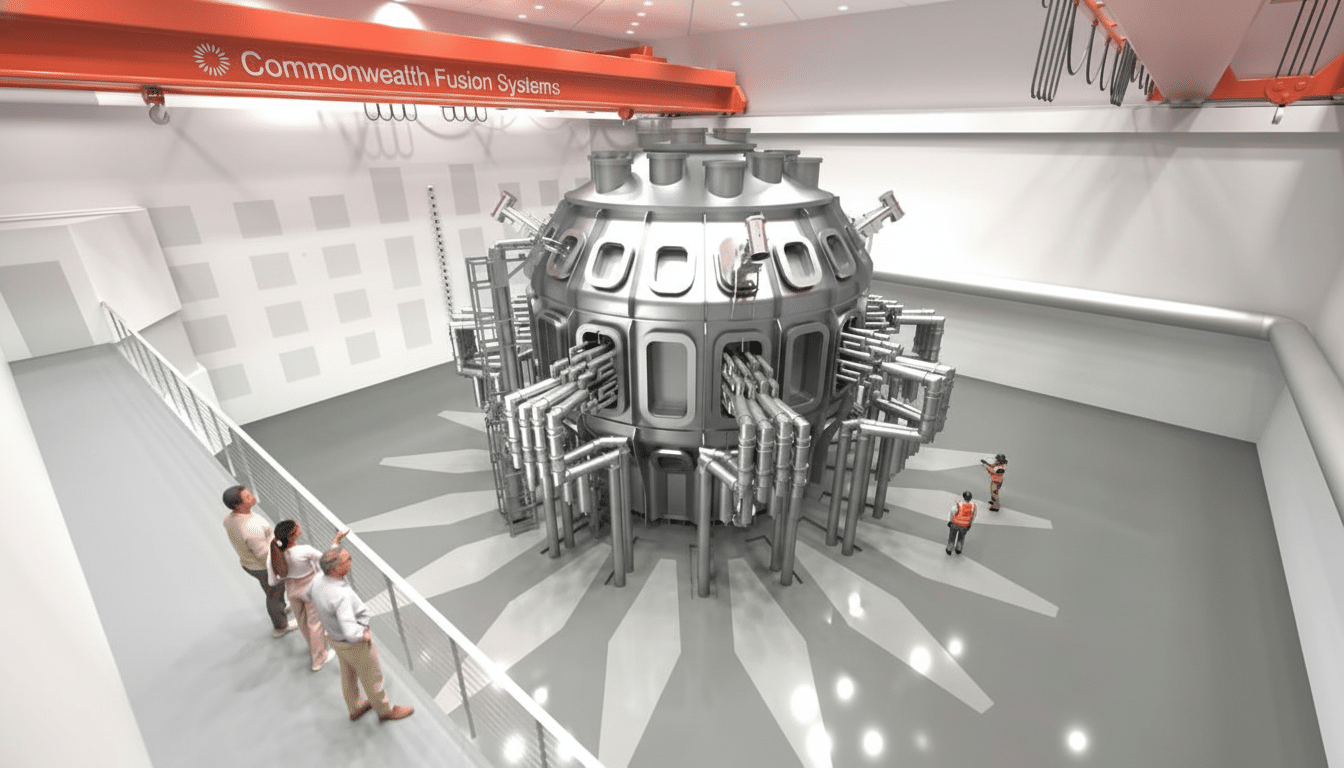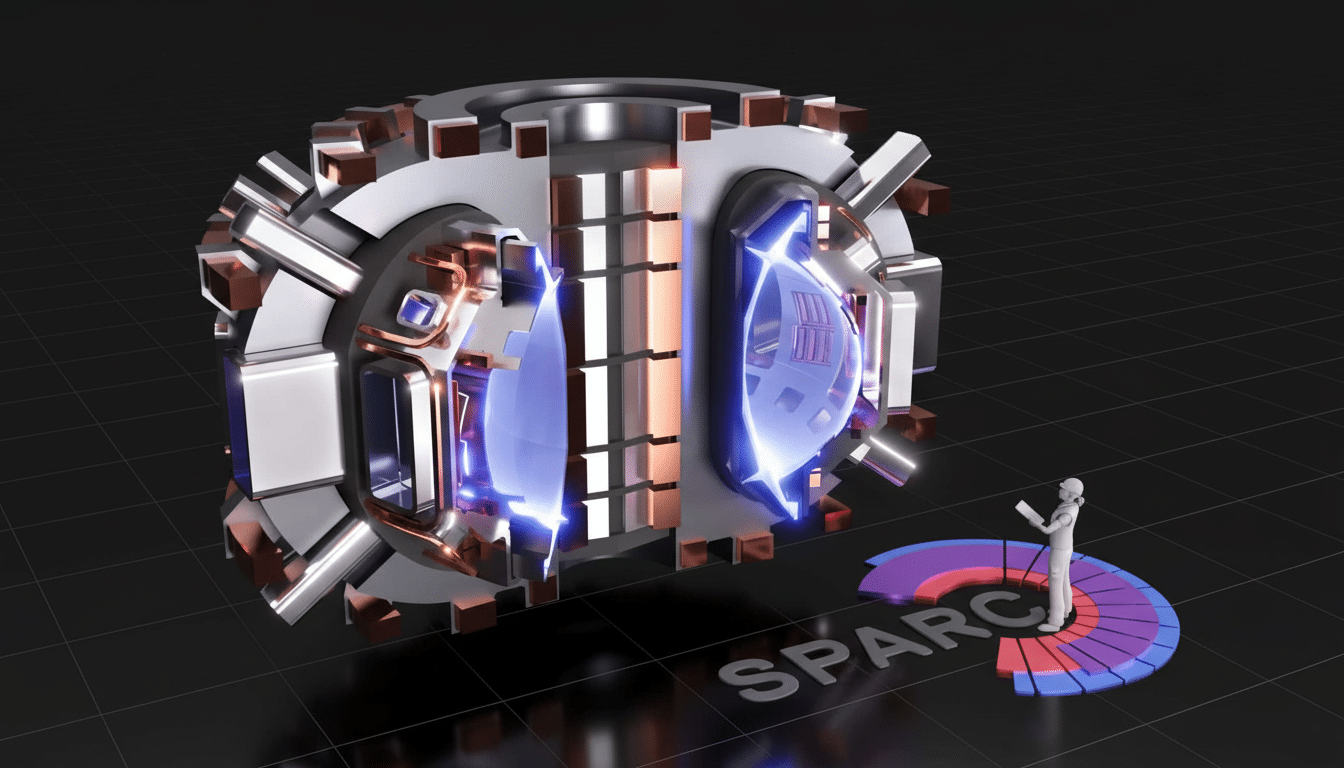Google DeepMind’s partnership with Commonwealth Fusion Systems is not just a feel-good science project. It’s a strategic wager that AI can solve some of fusion’s most intractable control problems while staking out a future supply of clean, firm power for compute-hungry models. It has suddenly provided DeepMind a proving ground for advanced control algorithms — and Google a potential path to carbon‑free electricity at scale.
The partnership focuses on Torax, DeepMind’s plasma simulation software, and AI methods such as reinforcement learning and evolutionary search to identify stable operating states for CFS’s SPARC reactor. The goals are clear: to simulate, optimize and ultimately control a fusion plasma in ways that human operators and conventional computer programs cannot.

Why DeepMind Wants Staff in the Tokamak Control Room
Control of fusion is a classical AI problem. A tokamak’s plasma is a turbulent, multivariable non-linear system. More “knobs” to tune than any human team can monitor in real time, and mistakes unfold in milliseconds. This is precisely what modern AI does well — learning policies that are constantly being updated based on changing conditions and edge cases.
Already, however, DeepMind and competitors have demonstrated that machine learning can stabilize plasma in experimental devices. Collaborations with TAE Technologies applied machine learning to confinement and the Swiss TCV tokamak showed deep‑reinforcement learning for magnetic control, published in Nature. CFS takes the next step: applying those lessons to a high‑field machine for net energy.
For DeepMind, the upside goes beyond fusion itself. Learning to make real-time adjustments in a high-stakes physical system, he adds, is more than just good training for other domains — grid operations, chip manufacturing, robotics and thermal management inside data centers all stand to benefit as marginal improvements multiply into enormous savings.
Fusion as a Power Hedge for AI’s Growing Demand
The hunger of artificial intelligence for electricity is multiplying. Recent International Energy Agency analysis indicates world data center consumption could easily double in the next couple of years, fueled in large part by AI. That expansion is clashing with aging grids, slow builds for transmission grids and tighter carbon goals.
Google has made it clear that it needs carbon‑free energy — 24/7, not just yearly offsets. Fusion would tick that box: zero direct emissions, high capacity factor and fuel made from water. If scaled as planned, that project would also provide geographic flexibility in future plants near data center hubs, where some of the curtailment and congestion faced by wind and solar could be avoided.
The commercial signals are already to be seen. Google was an investor in CFS’s $863 million Series B2 (alongside Nvidia), and it signed a deal to buy 200 megawatts from CFS’s first planned commercial plant, known as ARC, near Richmond, Virginia. The importance of early power‑purchase commitments in securing optionality and shaping the design aspects of interest for data center integration.
Inside Torax and the AI Control Loop for Fusion
Torax is the digital doppelgänger where DeepMind can safely train and test control strategies before they come anywhere near a reactor. By combining high‑fidelity test plasma physics with reinforcement learning, millions of shots, policy evolutions and stress-test cases can be performed which are either infeasible or unsafe to choose directly using hardware.
Two elements make this potent. First, domain randomization — deliberately adding noise to the simulator — can help close the sim-to-real gap and keep policies stable in real-world sensor noise, drift, and errors. Second, evolutionary search provides the potential to explore exotic, non‑intuitive operating points that conventional optimizers will miss and then pass promising regimes to RL for real‑time control.

If that works, AI won’t just tune a knob or two; it will use magnets, heating, fueling, and exhaust to optimize the machine’s energy gain while ensuring its survival in a closed feedback loop. That’s a concrete step toward the reliable, reproducible fusion operations that would be needed to generate electricity from the process.
Money, Magnets, and Market Signals for Fusion’s Path
CFS’s credibility is based on high‑temperature superconducting magnets that create stronger magnetic fields in a smaller device. Spun out of MIT, the company has achieved record‑setting magnet performance and is building SPARC near Boston as a net‑energy demonstrator. The hardware progress is what makes an AI‑first control method get the job done.
Writing checks is only part of the playbook for Google. It nudges the entire industry towards interfaces and control architectures that can complement hyperscale operations shaping tools like Torax. Stay tuned for tighter coupling of reactor telemetry and cloud‑based optimization, with fusion producing electrons while AI conducts the orchestra.
There’s also a recruiting and brand dividend. When you build a fusion project, world‑class physicists and control theorists show up — and that’s just the talent DeepMind and Google would like to hire. A marquee science challenge is a magnet for people who might otherwise be creating the next great large language model.
Risks and What to Watch Next in AI-Fusion Efforts
There are still many high hurdles for fusion to clear: materials that can handle the neutron bombardment, ways to deal with tritium, regulatory paths and, as always when setting dreams in engineering stone, where, oh where, will the money come from? AI can expedite control and discovery, but it cannot recast physics or balance sheets.
Among key signals to watch for will be whether AI-guided plasma shots achieve longer, stable confinement in SPARC; evidence that AI-in-the-loop controllers are able to port from simulation to hardware; and signs of progress on siting, interconnection, and offtake for ARC.
Also watch for common standards that allow outside labs to replicate results — fusion gains credibility when claims roam.
But the real story behind the partnership is simple: fusion needs AI to become a practical reality, and AI needs fusion to unlock its potential without slamming into an energy barrier. If DeepMind and CFS tie that loop off, they will not merely ignite a plasma — they will redraw the map of how computation and energy co‑evolve.

